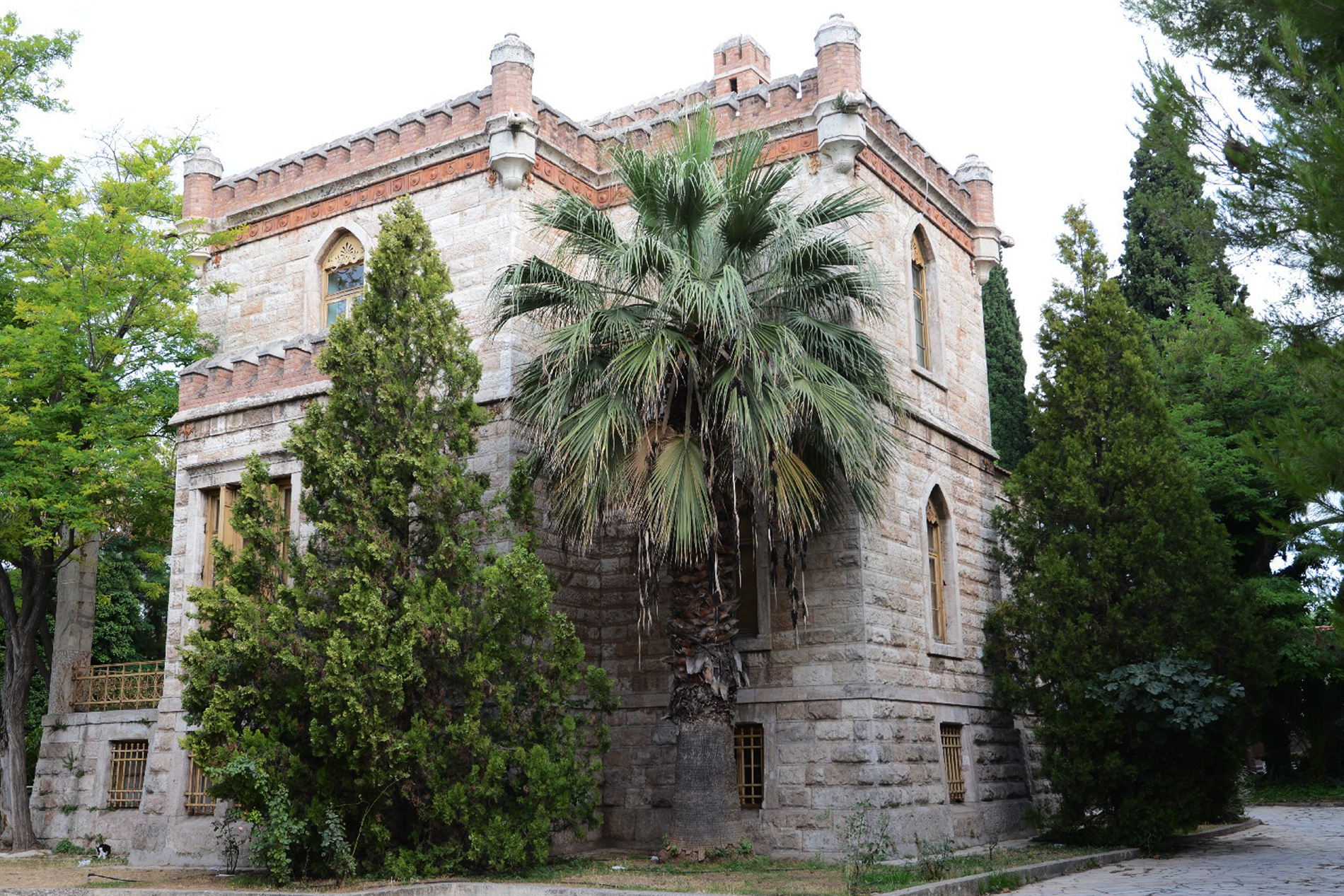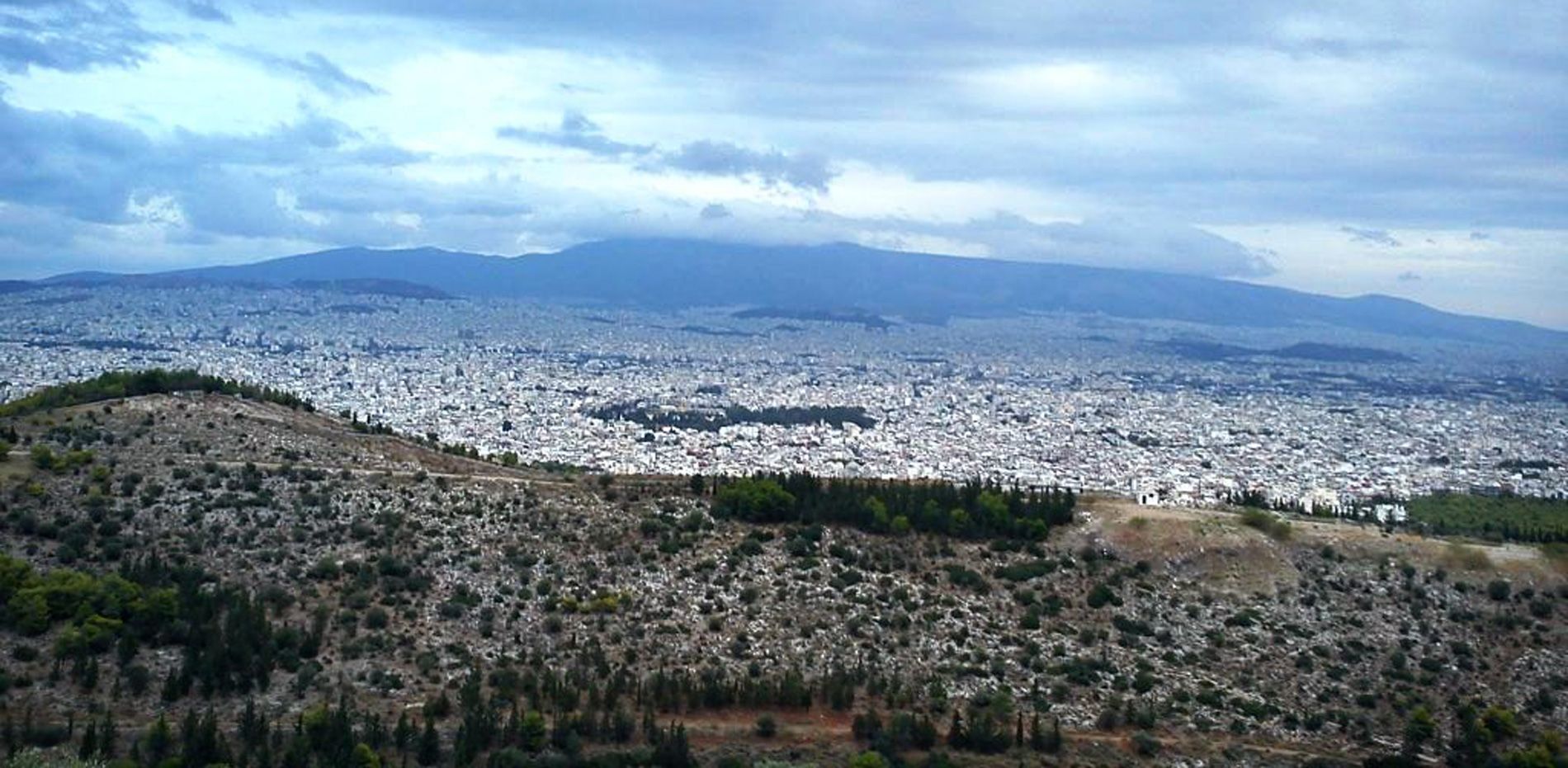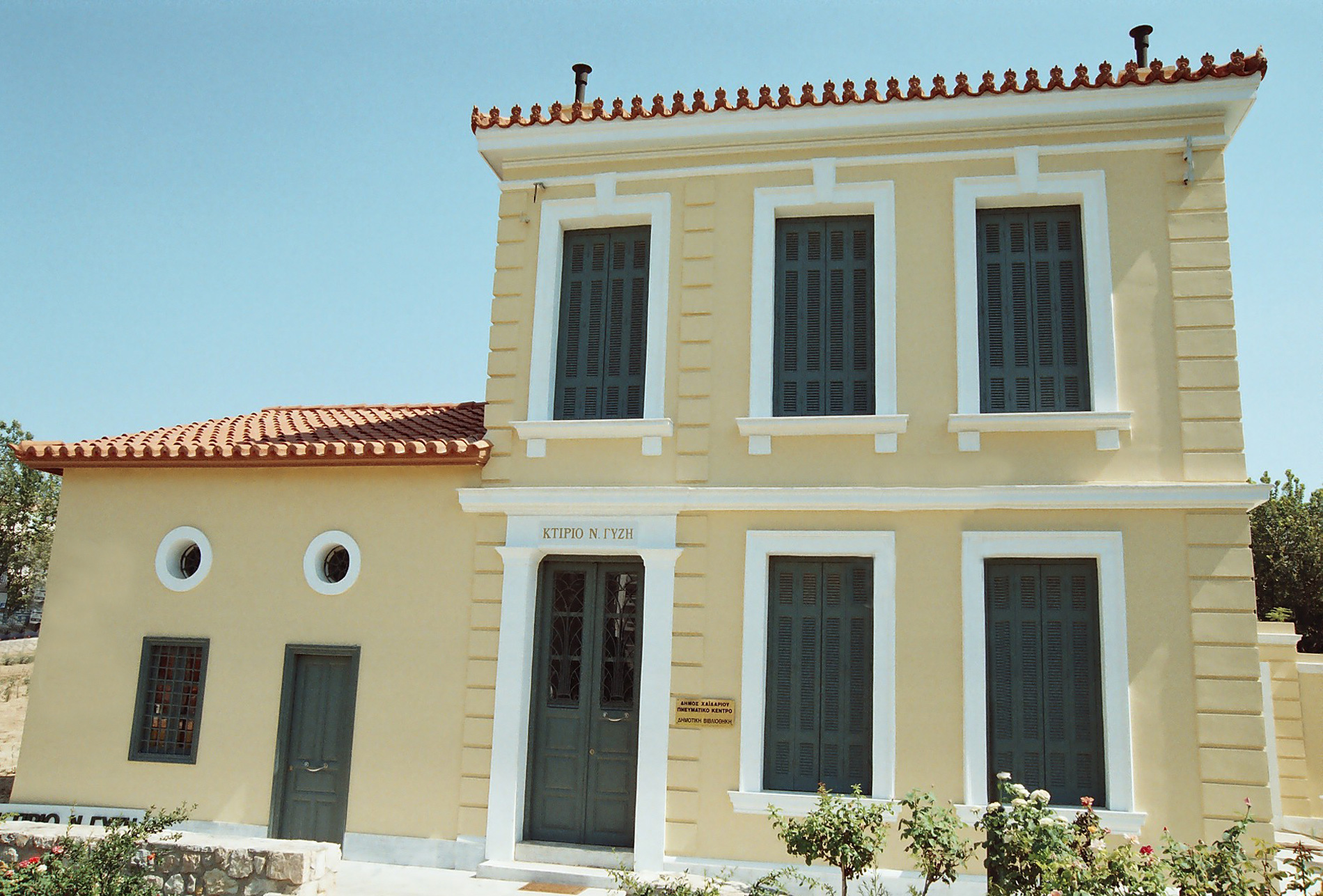Diomedes Botanical Garden
Informations
Address:
Iera Odos 403, Chaidari 124 61, Greece
Diomedes Botanical Garden
The Botanical Garden is located in Chaidari, 8 km from the centre of Athens and covers an area of 1,860 acres, on the northern slopes of Mount Aigaleo. At the end of Iera Odos Street, where it joins the Athens – Corinth – Patras National Road (formerly Kavala), the visitor will find the main entrance to the Botanical Garden (Iera Odos 403). The garden extends just past the Dromokaiteio Hospital to the Dafni Monastery and the tourist kiosks of the Chaidari Municipality (formerly the Greek National Tourism Organisation). It is interrupted by the Schistos-Korydallos road, which divides it into a smaller eastern part and a much larger western part. It is in the western part that the garden is cultivated and visited.
In addition to the rich diversity of native and cultivated flora, the Garden is also an ideal natural refuge for fauna (the area is part of the permanent wildlife refuge of Mount Aegaleo-Poikilou according to the Official Gazette 918/B/18/07/2001), since the ecosystem, protected from adverse human intervention, offers the possibility of a complete and undisturbed food chain.
It should be noted that the garden is not only a green belt and a place of recreation and spiritual peace for the inhabitants of an urban area such as Western Attica, but also a field of research and education for the public. Cultivated plants are marked with informative signs that provide information on their identity and geographical distribution. The staff of the Foundation has competent scientific experience in the field of conservation and especially in the propagation of endemic, rare and endangered species of the Greek flora. It is worth mentioning that the Garden’s herbarium contains about 19,000 dried plant specimens, most of which come from areas that are now protected because they have joined the network of the “NATURA 2000” programme.
The Genetic Material Bank also contains seeds of about 800 species, a percentage of which are available for exchange with other botanical gardens. Based on these seed reserves, the Foundation publishes a biennial catalogue, exchanged with corresponding publications of foreign botanical gardens, listing the available species. The result of this collaboration is the continuous enrichment of the collections of the Diomedes Botanical Garden.
The Garden is a member of the International Association of Botanic Gardens (BGCI). The system for collecting, storing and coding the seeds of the Garden’s species has recently been harmonised with the specifications proposed by the BGCI and established by the International Plant Exchange Network (IPEN). Under this system, we can know at any time the date and place of collection and other information about any plant genetic material exchanged within the network.
In addition, research programmes of botanical and ecological interest, diploma and postgraduate theses and doctoral theses are carried out in the garden from time to time, while undergraduate laboratory courses are held in the relevant specialties of the Department of Biology and the School of Pharmacy of the University of Athens and the Agricultural University. An important scientific objective at the moment is the creation of a new department that will house the endemic, rare and endangered species of the Greek flora, while the Foundation’s ambition is the construction of a large, automated and functional greenhouse that will replace the old one that is currently in operation.
After the opening of the Pantry, which has improved the services the Garden offers to its visitors, one of the Foundation’s main short-term development goals is to increase the number of visitors, students and organized groups. For this reason, the use of the Centre for Environmental Awareness, the improvement and expansion of the public’s contact with the cultivated and natural environment, and the organisation of Forest Recreation Areas, where young – and not only – visitors can enjoy the forest combined with exciting activities, are in progress.
Finally, the Garden’s contribution to society’s awareness of nature conservation is important. This is achieved through the guided tours given by the Foundation’s scientific staff to visitors – primary and secondary school students from schools all over Greece, as well as members of various social groups who visit the Garden. Its creation began in the 1950s, thanks to the bequest of the academician Alexander Diomedes to the University of Athens, and the concession of the forest area where the garden was developed by the Ministry of Agriculture, while its construction was based on the plans of the academic H. Hammerbacher. It was opened to the public in 1975. Since then, however, new sections and routes have been created.







